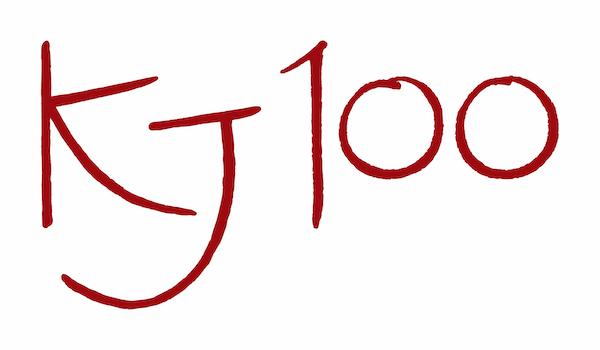
Kyoto View 89: Kyoto-tomason: the Hunt for Hidden Hyperart, by Sylvain Cardonnel
I had been taking pictures of these strange silhouettes encountered in Kyoto for a long time without knowing what to name them. Later, I learned that what I was photographing was “hyperart-tomasons” (chôgeijutsu-tomason), and that Akasegawa Genpei (1937-2014) had been the facetious inventor of this concept that encompasses a panoply of types — some of them shown here. Hyperart-tomason is a sort of big hammer with which Akasegawa stamped a new chapter in Art history and even …the history of baseball.

The discovery of the first hyperart-tomason occured on March 17, 1972, but the word “tomason” was forged 10 years later. It is a caustic tribute to an American baseball player named Gary Thomasson, whose nonperformances hit sports headlines in Japan in the early 1980s and eloquently illustrated its now canonical definition: “A defunct and useless object attached to someone’s property and aesthetically maintained” (Akasegawa Genpei, Hyperart: Thomasson, Kaya Press, New York, translated by Matt Fargo, 2010, p.17).

These objects persist in our very pragmatical world despite their uselessness, and some of them even seem to be the subject of a consensus concerning their conservation “just like”… a work of art. The loss of their function, by increasing their existential intensity, gives them an aesthetic value. Eventually, the essential — but subversive — difference that distinguishes a hyperart-tomason from a work of art is that it has no author and is devoid of any intention. Hence the origin of the neologism “hyperart” created by Akasegawa: chôgeijutsu literally means “beyond art.” Akasegawa Genpei, 1960’s avant-garde artist and anti-art trend troublemaker, wondered about the possibility of an art without intention and without artist, and also about the capacity of the public’s gaze to bring things usually going unnoticed to existence (poiesis as Plato would put it).

The concept of hyperart-tomason opened up an original reflection on Art, at the crossroads of Western and Eastern aesthetics. We can indeed discuss this concept as an extension of the provocations of Marcel Duchamp (1887-1968), and of the teachings of an even older master, Sen no Rikyū (1522-1591), the famous Tea master from the Azuchi-Momoyama Era.

But hunting hidden tomasons can also be a playful stroll’s goal for a loafer…

Much like the mushrooms that come out after the rain, the tomason is transitory and linked to the transformation of the city. It happens that this near-garbage-thing falls behind the wall and vanishes forever. But in the meanwhile, it mocks our pitiful human self-assurance and offers a rare glimpse to a sort of fourth dimension, that Akasegawa simply calls this world — “nature” (shizen). But this is an other story.


French translator of Murakami Ryu, Levy Hideo, Takahashi Genichiro and Enjoe Toh, Sylvain Cardonnel was the winner of the Konishi Foundation prize in 2008 for the translation of Yapou (Human Cattle) by Numa Shozo. He is currently working on an anthology of texts by Akasegawa Genpei around the concept of hyperart-tomason. He teaches at Ryukoku University in Kyōto, where he has lived since 1989.
Photos by the author